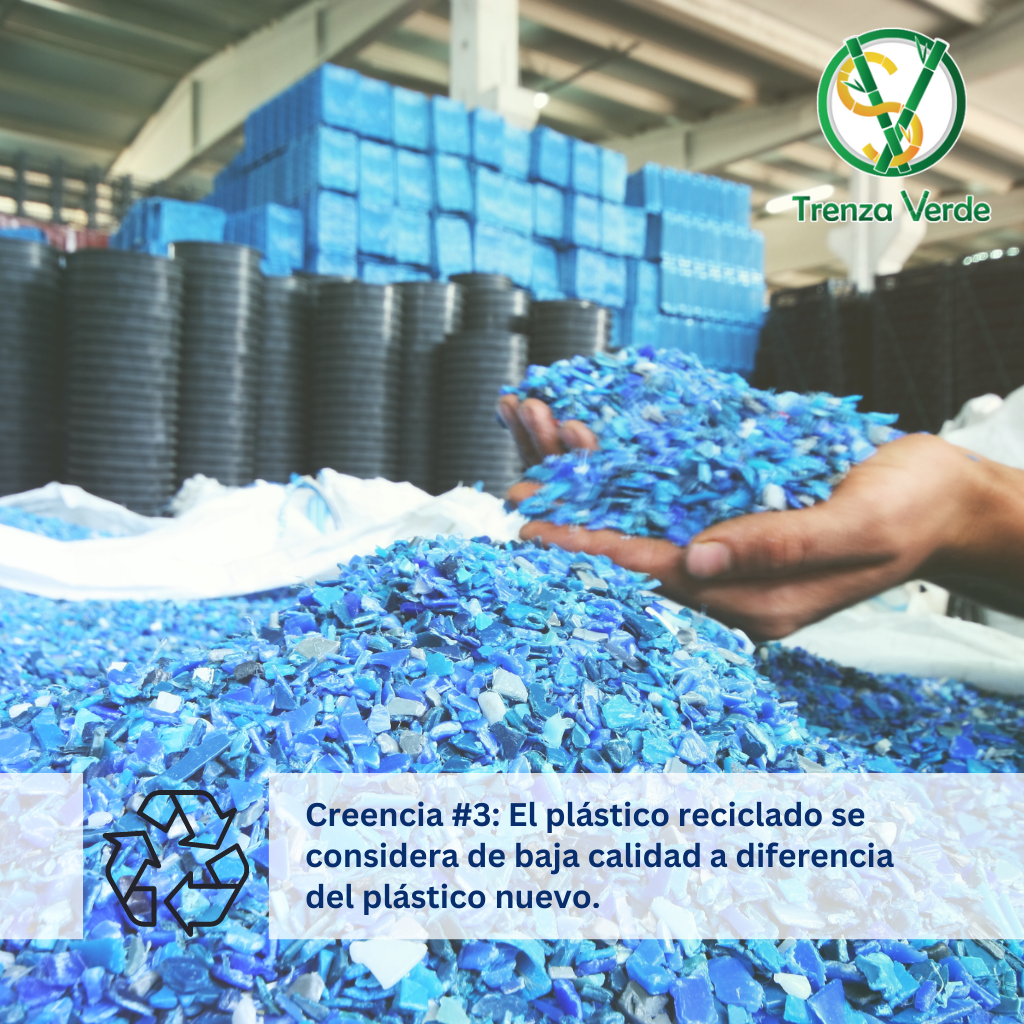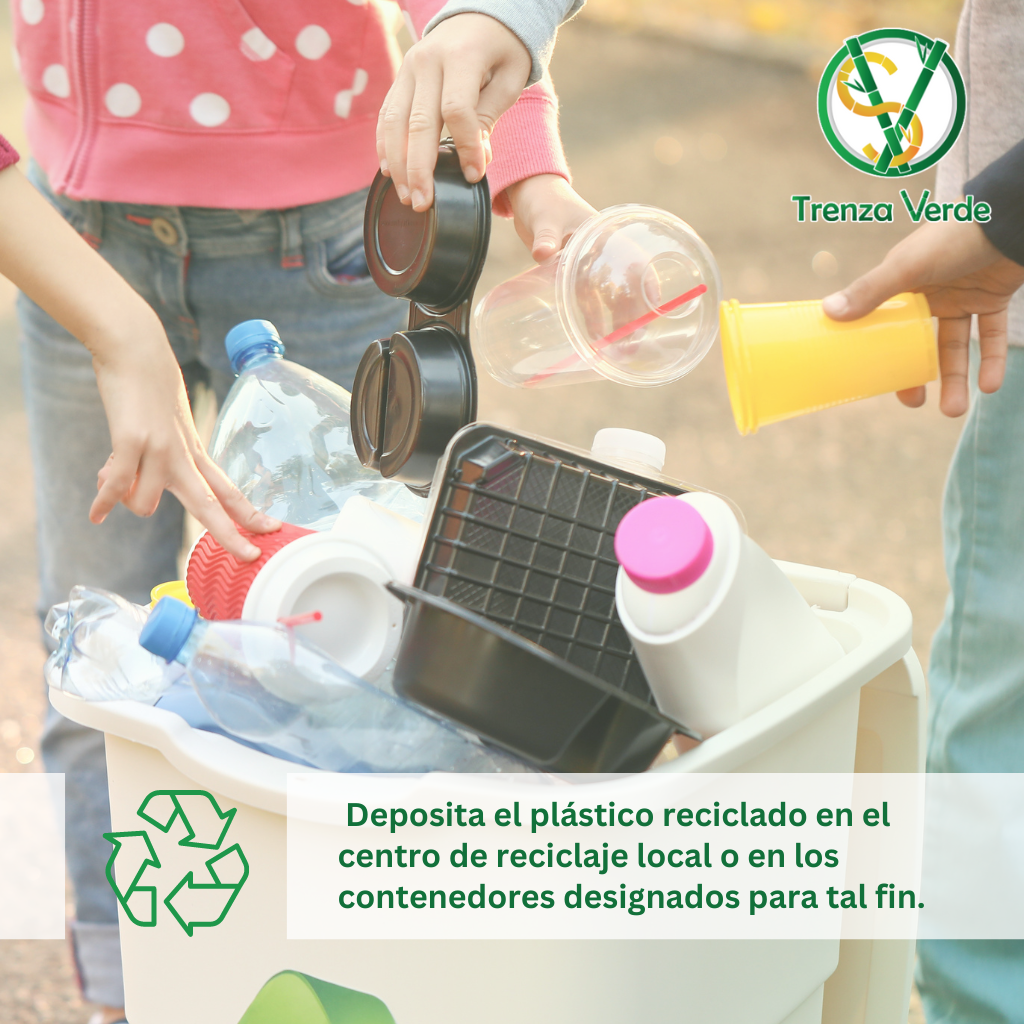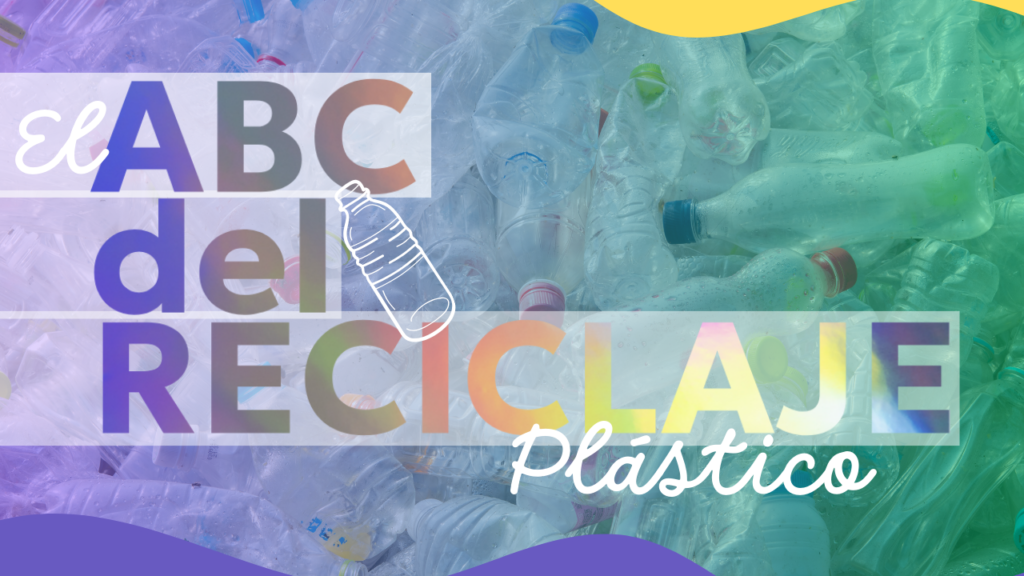Let’s Talk Trash: Busting Plastic Recycling Myths and Doing It Right
In this article, we’re diving into the wild world of plastic recycling — not just to share some tips, but also to bust a few myths that have been floating around for way too long. Sure, most of us want to recycle and feel good about doing our part for the planet… but let’s be honest: half the time, we have no clue what’s actually recyclable and what’s just wishful thinking.
So, let’s set the record straight and clear up some long-standing misconceptions. That way, you’ll not only recycle the right way, but you’ll also be able to teach others how to do it too — because yep, this stuff matters more than ever.
Myth #1: All plastic can be recycled.
Nope. Not even close. Only some plastics can go into the recycling bin — usually the ones labeled with numbers 1, 2, 4, or 5. The rest? They’re either low quality or loaded with harmful chemicals. Imagine trying to recycle containers that once held toxic substances. Yikes. That’s a disaster waiting to happen for humans and wildlife alike. Those kinds of plastics often need to be incinerated or handled differently to keep public health out of harm’s way.
Myth #2: Recycling plastic is pointless because it all ends up in landfills anyway.
Okay, there’s some truth here — but it’s not the whole picture. Yes, some plastic still ends up in landfills, but that number is dropping fast thanks to better recycling tech and higher demand for recycled materials. Recycling is still one of the best tools we’ve got to keep plastic out of dumps and oceans. Plus, more and more public policies are pushing companies to rethink how they package, ship, and store their products. Why? To reduce their environmental impact and even qualify for government incentives that reward cleaner, greener business practices.
Myth #3: Recycled plastic is low-quality compared to brand-new plastic.
Not true — at least, not anymore. Recycled plastic can be just as strong and durable as new plastic, depending on how it’s processed. Today’s recycling technology is seriously impressive. And get this: recycled soda bottles can be turned into plastic filament — the kind used in 3D printing — to create sturdy, long-lasting items. So, yeah… “low quality” is a thing of the past.
Now that we’ve cleared that up, let’s get into the basics of how to actually start RECYCLING the right way.

So… How Does Plastic Recycling Actually Work?
Now that we’ve busted a few myths, let’s break down the actual process of plastic recycling. Spoiler alert: it’s not just “toss it in the blue bin and hope for the best.” There’s a whole system behind the scenes — and here’s how it goes:
1. Collection & Sorting
It all starts with collection. Plastic waste is gathered from homes, businesses, and industries. Once collected, it’s sorted by type and color — yep, color matters! Think of it as giving plastic a proper identity before its second life begins.
2. Washing & Shredding
Next up, bath time! The sorted plastic is washed thoroughly to get rid of dirt, labels, and any leftover gunk. Then it’s shredded into small flakes or pellets, kind of like turning a big Lego set into tiny, reusable bricks.
3. Processing
Here’s where the magic happens. Depending on the type of plastic, those little flakes are either melted down and reshaped or transformed into fibers or plastic pellets (a.k.a. raw materials for new stuff). Each type of plastic has its own destiny — some become containers again, others turn into something totally new.
4. Turning It Into New Products
Finally, the processed plastic is reborn! It can become packaging, clothing, furniture, construction materials — even fuel or petroleum-based byproducts through a process called pyrolysis. Yep, we’re talking about squeezing every last bit of usefulness out of that bottle you just tossed.
Plastic doesn’t have to be single-use — not if we handle it right.

Want to Recycle Plastic the Right Way? Follow These Easy Steps
Recycling plastic isn’t rocket science, but doing it right makes a huge difference. If you’re ready to level up your eco-game, here’s a simple step-by-step guide to become a plastic-recycling pro:
1. Know What Your Community Accepts
Not all plastics are treated equally, and recycling rules can vary depending on where you live. So first things first: do a quick check with your local recycling center to see which types of plastic they actually accept. A five-minute search = a lifetime of doing it right.
2. Rinse It Off
Before tossing that yogurt cup or soda bottle into the bin, rinse it! Leftover food or sticky residues can ruin an entire batch of recyclables. A quick rinse helps keep the whole system clean and efficient.
3. Squish It Down
Flatten those bottles and containers to save space. Trust us — your recycling bin (and the workers handling it) will thank you. More room = more plastic = more impact.
4. Keep It Separated
Plastic goes with plastic. Don’t mix it with paper, glass, or cardboard. Keeping materials separated makes the recycling process smoother and more effective — and it avoids unnecessary contamination.
5. Drop It Off Where It Counts
Take your clean, sorted plastic to your local recycling center or use the designated recycling bins in your area. In many neighborhoods, you’ll find community collection spots or storage spaces specifically for recyclable materials. These places help support local recycling crews, so using them right is a simple way to give back.
Recycling isn’t just about tossing stuff away — it’s about giving materials a second chance and helping your community in the process.

